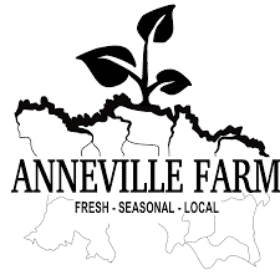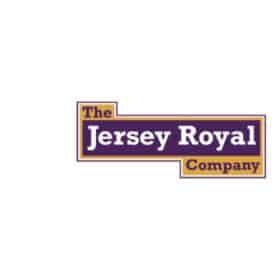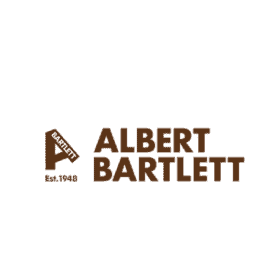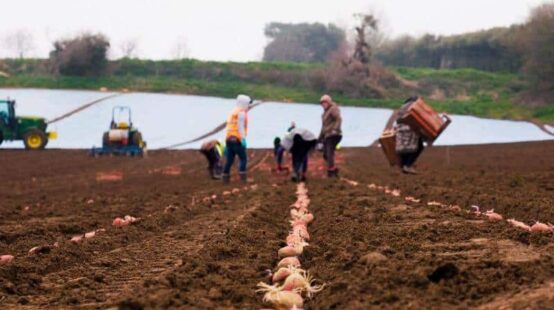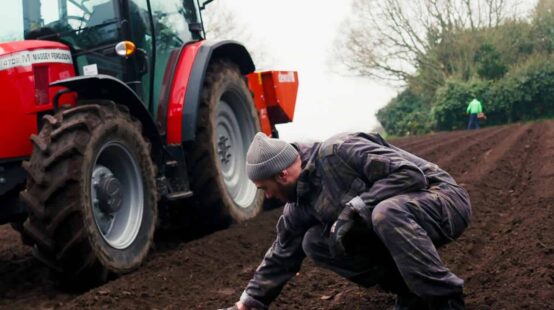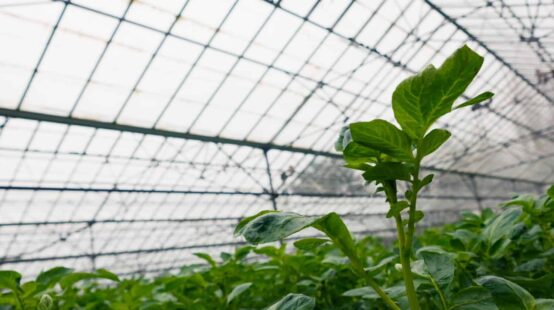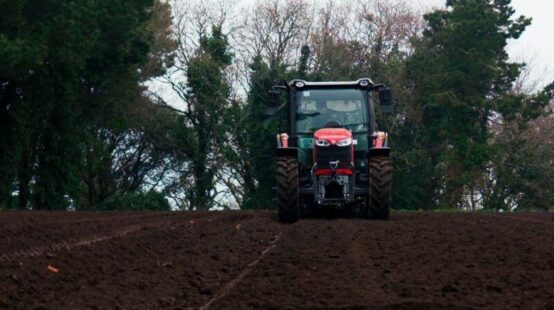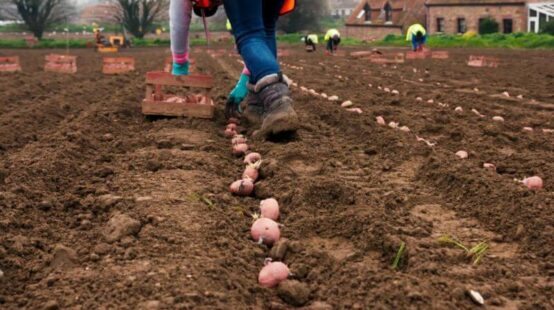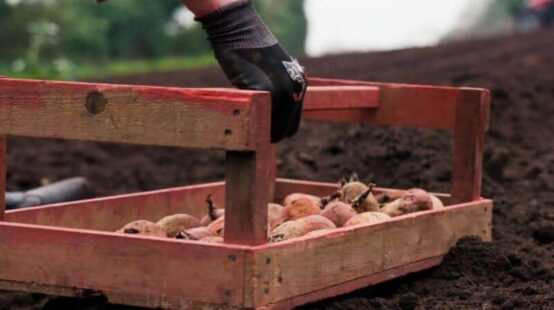Innovating Agriculture
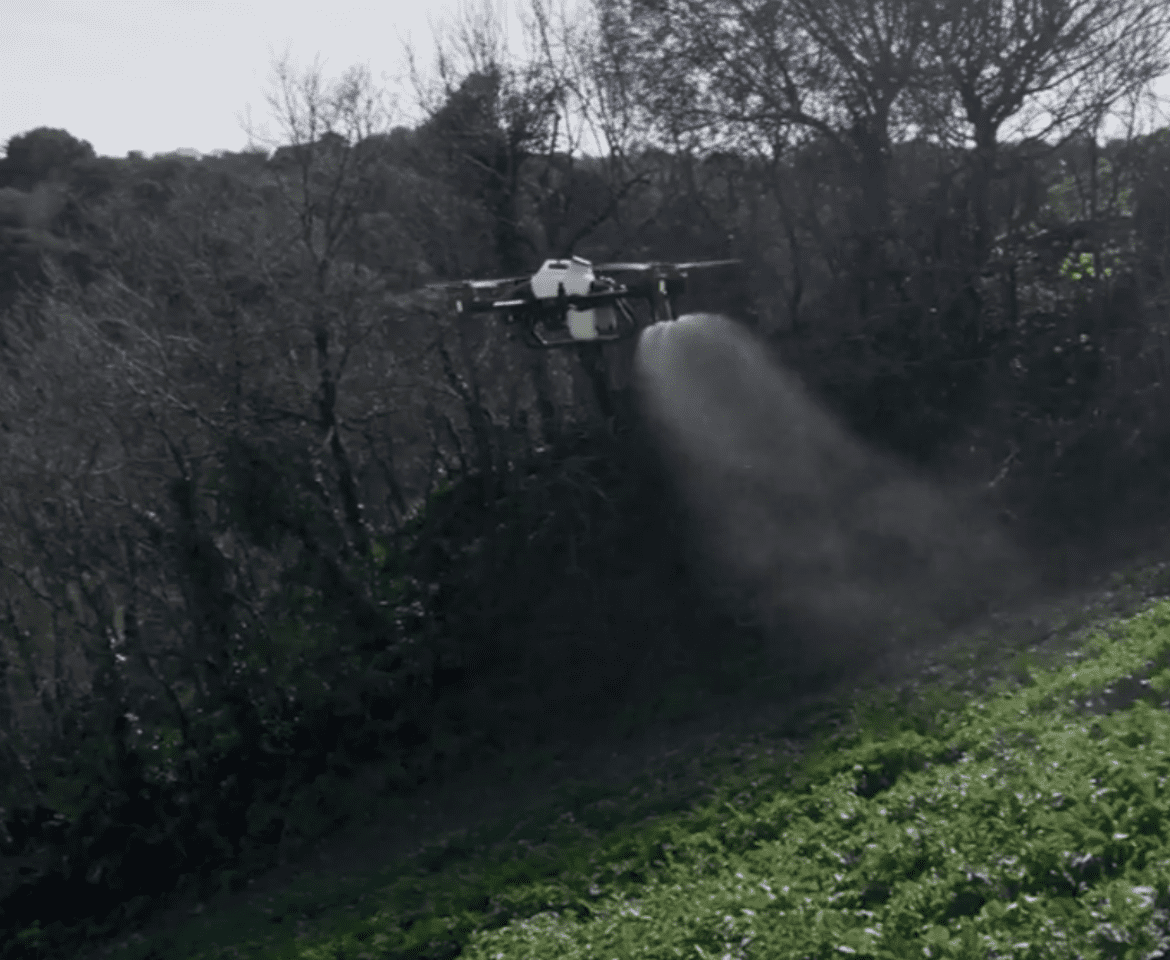
Autonomous Spray Trial
Recently we welcomed AutoSpray Systems to Jersey to trial the use of agricultural spraying drones. The goal was to test the viability of precision drone agriculture on the Cotils (unique small Jersey fields) and to showcase potential future opportunities to government and local farmers.
What drone system was trialed?
The XAG P40 was designed with one goal in mind, to be the best agricultural spray drone that could be made. Safety is a critical factor when flying large drones. The P40 has a multidirectional radar for obstacle avoidance as well as terrain sensors that maintain a consistent height above the ground, no matter how steep the terrain. The liquid from the 20L tank is pumped via the high-capacity peristaltic pumps. When the liquid hits the spinning, Controlled Droplet Applicators (CDA’s), the droplet size can be accurately controlled between 60 microns, fine mist, and 400 microns, a very coarse droplet.
Utilisation of this technology will enable farmers to accurately spray their fields, reducing the requirement for pesticides, fertiliser and manpower.
Smart Fields Pilot Project
The Smart Fields Pilot project was set up to review the “off-the-shelf” technology options available for Jersey farmers to capitalise on. The technologies included un-crewed aircraft (drones) to capture thermal, multispectral and RGB data as well as wireless sensors in the soil to communicate the soil conditions and environmental factors affecting the growth of the crops.
Project goals:
- Identify patterns in crop performance using technology to understand the health of the plants.
- Work collaboratively with the Jersey Royal growers to implement technology in a small set of fields.
- Identify patterns in crop performance using technology to understand the health of the plants.
- Test the technologies available to the farmers.
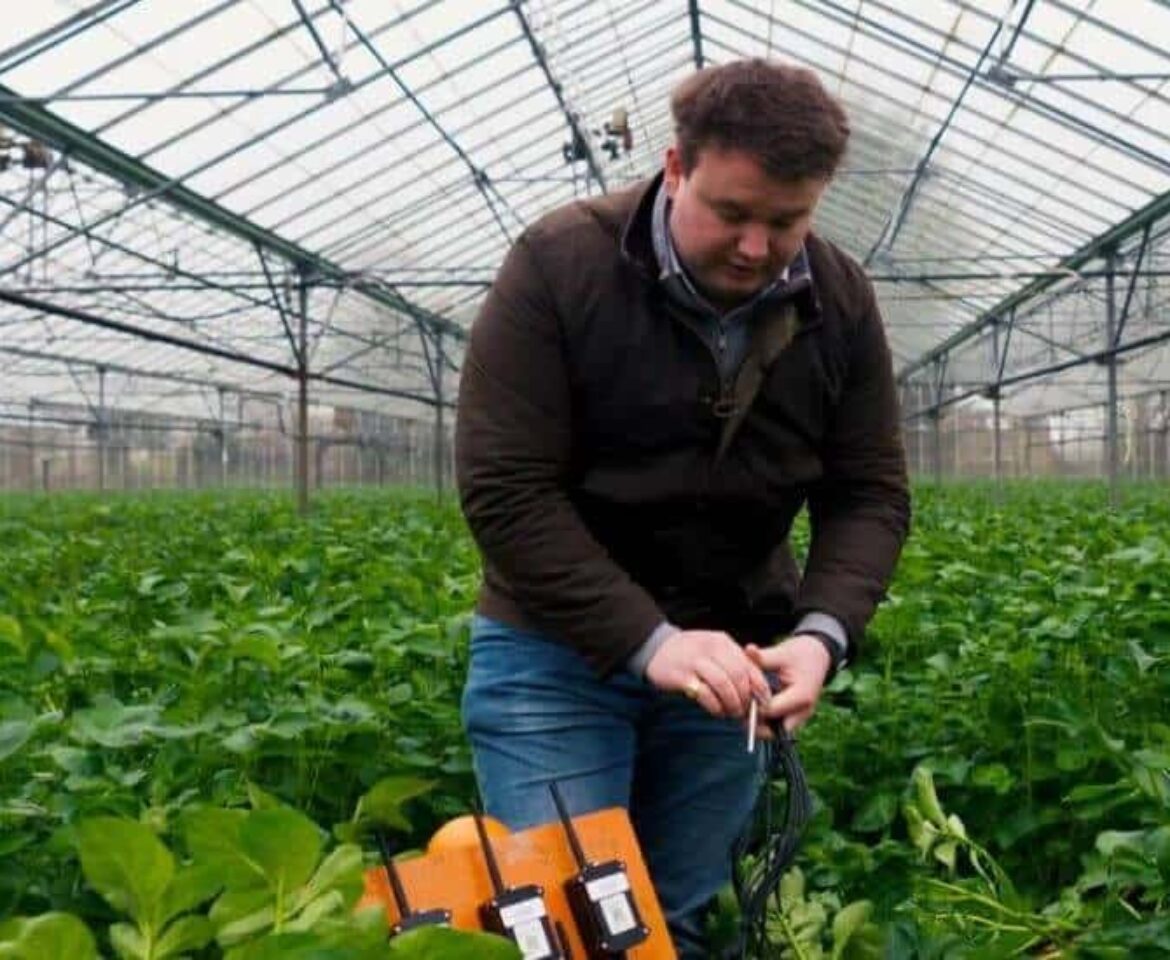
Where we are now
Smart Fields Pilot Report
Through the Smart Fields Pilot Programme, it became clear that technology can play a significant role in helping farmers when making decisions about inputs onto the potato fields. However, participants acknowledged that there is a lack of skills and knowledge across the farming sector regarding the specific technologies available and how to test and implement them in Jersey’s unique agricultural environment.
Check out the report below for all the key findings and next steps.
Special thanks goes to:




